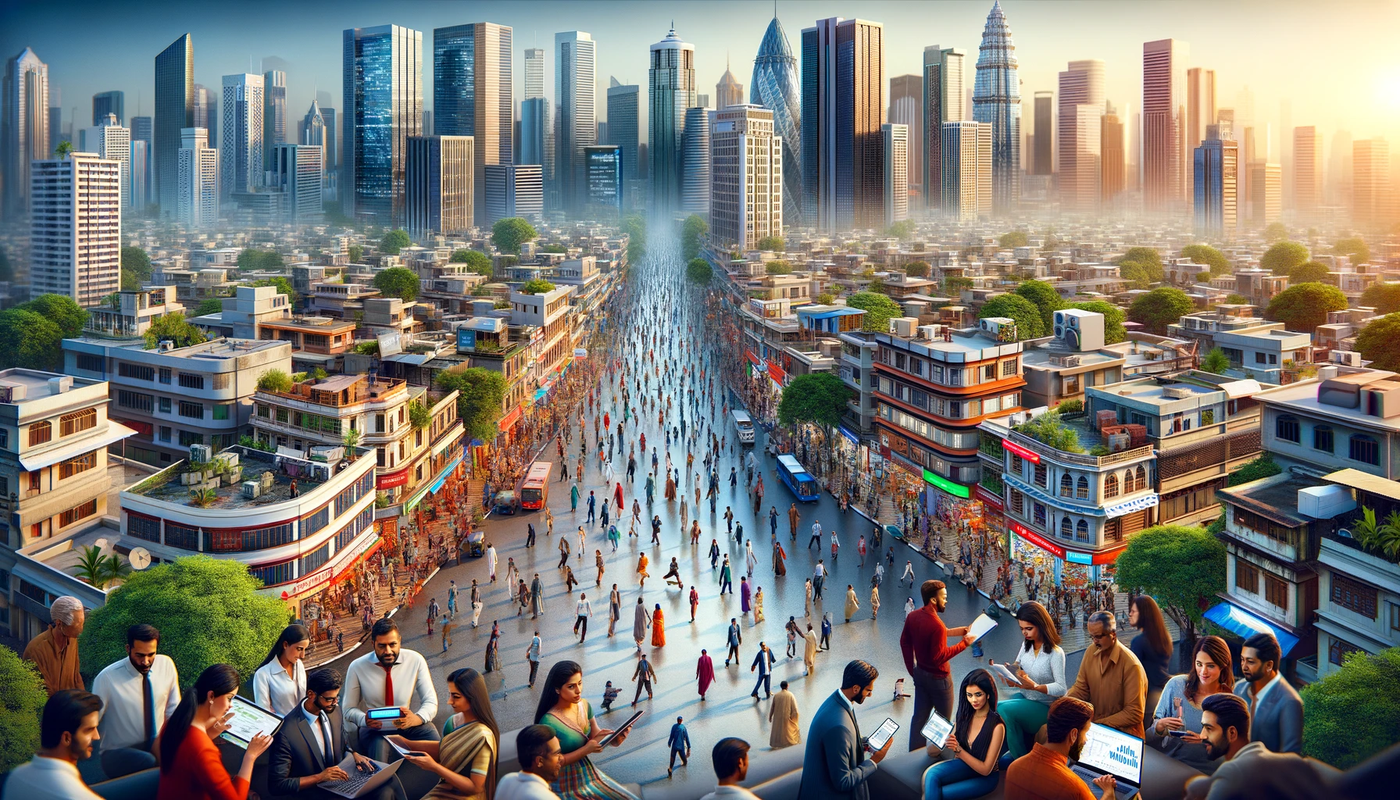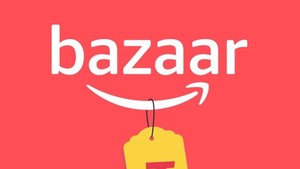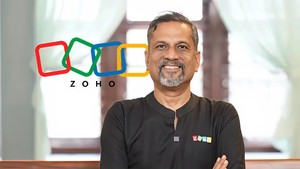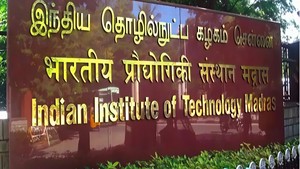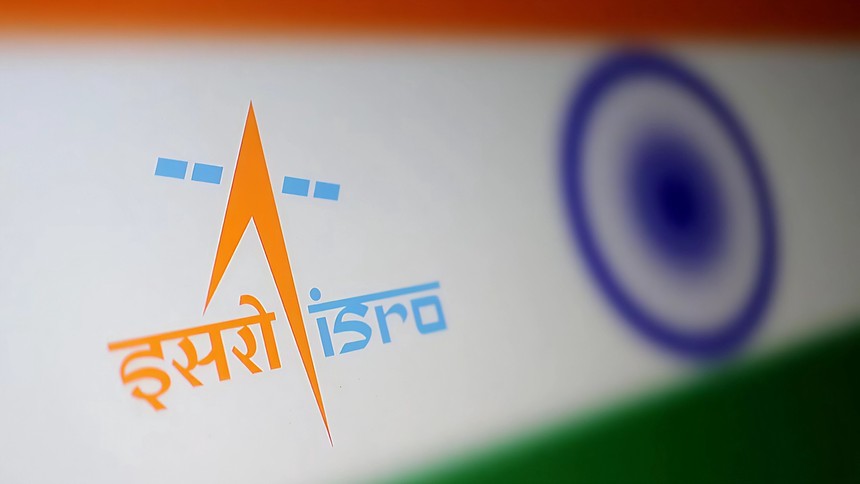India's digital landscape continues to expand rapidly, with the Telecom Regulatory Authority of India (TRAI) reporting a significant increase in internet subscriptions. By the end of December 2023, the country reached an impressive 936.16 million internet subscriptions, highlighting a nearly 2% growth over just three months.
Key Insights from the TRAI Report:
-
Wireless Dominance: The majority of these subscriptions are wireless, accounting for almost 897.59 million users. Mobile broadband remains the primary driver of this growth, underscoring the accessibility and popularity of mobile devices.
-
Wired Broadband Growth: Wired broadband also saw notable growth, reaching 38.57 million households. This indicates a broadening infrastructure that supports high-speed internet access across different demographics.
-
Broadband vs. Narrowband: Broadband users, which utilize faster data speeds, have surged to over 904.54 million. In contrast, narrowband connections have declined to 31.6 million as consumers increasingly opt for higher-speed internet plans.
-
Rural Digital Expansion: Remarkably, rural areas are playing a significant role in this digital expansion. Rural India now accounts for over 44% of the country's total telephone user base, with 527.77 million connected residents and a tele-density nearing 59%.
-
Revenue Growth for Telecom Operators: For telecom operators, this surge in digital adoption has led to increased revenues. The average revenue per wireless user (ARPU) rose nearly 2% quarter-over-quarter to Rs 152.55. Postpaid mobile services, in particular, saw strong growth with an ARPU of Rs 189 per month.
-
Overall Telecom Landscape: Total telephone subscriptions in India have crossed 1.19 billion, with mobile subscriptions dominating at 1.16 billion. This reflects a modest growth of 0.78% from the previous quarter. Wired landlines also saw a slight increase of 2.8%, totaling 31.8 million.
Digital Entertainment Trends:
A related study by the Internet and Mobile Association of India and Kantar highlighted how Indians are engaging with the internet. A staggering 86% of internet users now use OTT video and audio streaming services such as Netflix, Prime Video, and Spotify. Notably, over half of these consumers are from rural areas, indicating a widespread adoption of digital entertainment across the country.
Conclusion:
India's digital revolution is not just a phenomenon of urban centers but has penetrated deep into rural areas, driving a nationwide surge in internet connectivity and digital services. This growth is reshaping how businesses and services are delivered, offering new opportunities and challenges for service providers and consumers alike. The ongoing expansion of both wireless and wired broadband services is set to further transform India's socio-economic landscape.


